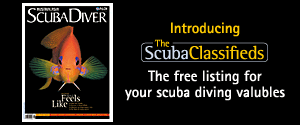- Home
- Directory
- Shop
- Underwater Cameras - Photographic Accessories
- Smartphone Housings
- Sea Scooters
- Hookah Dive Systems
- Underwater Metal Detectors
- Dive Gear
- Dive Accessories
- Diving DVD & Blu-Ray Discs
- Diving Books
- Underwater Drones
- Drones
- Subscriptions - Magazines
- Protective Cases
- Corrective Lenses
- Dive Wear
- Underwater Membership
- Assistive Technology - NDIS
- On Sale
- Underwater Gift Cards
- Underwater Art
- Power Stations
- Underwater Bargain Bin
- Brands
- 10bar
- AOI
- AquaTech
- AxisGo
- Backscatter Underwater Video and Photo
- BLU3
- Cayago
- Chasing
- Cinebags
- Digipower
- DJI
- Dyron
- Edge Smart Drive
- Eneloop
- Energizer
- Exotech Innovations
- Fantasea
- Fotocore
- Garmin
- Geneinno
- GoPro
- Hagul
- Hydro Sapiens
- Hydrotac
- Ikelite
- Indigo Industries
- Inon
- Insta360
- Intova
- Isotta Housings
- Jobe
- JOBY
- Kraken Sports
- LEFEET
- Mirage Dive
- Nautica Seascooters
- Nautilus Lifeline
- NautiSmart
- Nitecore
- Nokta Makro
- Oceanic
- Olympus
- OM System
- Orca Torch
- Paralenz
- PowerDive
- QYSEA
- Scubajet
- Scubalamp
- Sea & Sea
- SeaDoo Seascooter
- SeaLife
- Seavu
- Shark Shield
- Sherwood Scuba
- Spare Air
- StickTite
- Sublue
- Suunto
- SwellPro
- T-HOUSING
- Tusa
- U.N Photographics
- Venture Heat
- XTAR
- Yamaha Seascooter
- Youcan Robot
The Lure of the Deep
Contributed by Andy Taylor
It's a rare diver amongst us that has not felt the urge to stray that little deeper on a dive, the temptations of that rare aquatic encounter just that little further below you. Seduced by the call of the deep like sirens from the abyss we are tempted into the sapphire blue waters off the many deep drop off coral walls surrounding us here in Bali.
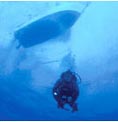 Most
divers realize that with greater depth comes greater risks, but the untrained
diver venturing deeper may not recognize the potential hazards they are exposing
them selves too. So why as divers would we want to take greater risks just to
see what's that little bit deeper below us on the reef. Firstly divers tend
to be by default adventurous people and the appeal of the deeper unknown holds
some interest in most divers. What could be down there? A new wreck for you
to explore, a fact that most wrecks are found in deep water, one reason why
we are so lucky to have such a great wreck to dive in shallow waters off the
beach in Tulamben. The appeal of deeper wrecks around the world is that they
lie untouched by waves and surge offering a better preserved wreck to explore.
Most
divers realize that with greater depth comes greater risks, but the untrained
diver venturing deeper may not recognize the potential hazards they are exposing
them selves too. So why as divers would we want to take greater risks just to
see what's that little bit deeper below us on the reef. Firstly divers tend
to be by default adventurous people and the appeal of the deeper unknown holds
some interest in most divers. What could be down there? A new wreck for you
to explore, a fact that most wrecks are found in deep water, one reason why
we are so lucky to have such a great wreck to dive in shallow waters off the
beach in Tulamben. The appeal of deeper wrecks around the world is that they
lie untouched by waves and surge offering a better preserved wreck to explore.
Underwater photographers always strive to capture the unique and unusual and the depths offer up some great and challenging opportunities to any underwater photographer. Many of the larger marine creatures such as sharks are more commonly found cruising the reef walls at depth and oh the frustration with camera in hand not being able to go and take that perfect shot for your album. But divers beware! It seems so harmless to slip that extra 10 meters, but the deep is unforgiving and you must be aware of the greater potential hazards you are exposing yourself too.
What exactly do I mean by deep diving? PADI & SSI the largest diver training agency in the world and by far the most common to be found here in Indonesia define recreational deep diving as below 18 meter/ 60 feet to an absolute maximum of 40 meters / 130 feet.
 Although
as a certified PADI/SSI Deep diver you will be qualified to dive to this maximum
limit of 40 meters you will probably find that 30 meters/ 100 feet is an optimum
limit you should set for most all dives here in Bali. Although many dive sites
here in Bali have the potential for much greater depths the rewards compared
to the risks do not always justify exploring these depths.
Although
as a certified PADI/SSI Deep diver you will be qualified to dive to this maximum
limit of 40 meters you will probably find that 30 meters/ 100 feet is an optimum
limit you should set for most all dives here in Bali. Although many dive sites
here in Bali have the potential for much greater depths the rewards compared
to the risks do not always justify exploring these depths.
The standard dive equipment and air fills used by most all dive centres here in Bali do not cater for or offer the options to safely explore deeper. As with anything there are exceptions! For those with the training and experience levels there are a couple of Dive Centers here in Bali today that have the required equipment, well trained staff and gas mixing facilities to offer recreational Technical diving training and experiences. For the rest of us making up the vast majority of divers enjoying the beauty of Bali's diving, 30 meters is a good guide line for a maximum safe diving limit at most dive sites if your training and experience allows.
For good reason most dives are conducted within this 30 meter depth level for over that depth you have very little time to enjoy your dive before your no decompression limits are reached. Secondly at around the 30 meter mark some divers start to experience the first effects of "nitrogen narcosis" and this can increase dramatically as your depth does, leading to many potential problems. On the PADI/SSI Adventures in diving course and the PADI/SSI Deep Diver Specialty you will find out more about this narcosis effect.
 Personally
as an experienced diver with 1000's of logged dives and the training and qualifications
for deeper diving I still find very little reason today to stray bellow the
30 meter depth level. With so much to see within this depth range I find now
the additional risks involved with deeper diving not worth to potential rewards.
But in my younger more adventurous (some may say more reckless) days the call
to explore the depths was too strong to ignore. I sort out the training and
experience to help me understand and minimize the greater risks involved in
deeper diving.
Personally
as an experienced diver with 1000's of logged dives and the training and qualifications
for deeper diving I still find very little reason today to stray bellow the
30 meter depth level. With so much to see within this depth range I find now
the additional risks involved with deeper diving not worth to potential rewards.
But in my younger more adventurous (some may say more reckless) days the call
to explore the depths was too strong to ignore. I sort out the training and
experience to help me understand and minimize the greater risks involved in
deeper diving.
Over the years I have used that experience on deep wrecks in Scapa Flow, Scotland, coral caverns of Taveuni, Fiji and now on those rare occasions the sirens of the deep call on some of the wonderful deep coral walls here in Bali. This training is readily available to all divers wishing to address the adventure and curiosity of the deep. It can be very rewarding to safely explore deeper into the blue but only if you have the right training, experience and planning can you push your safe deep diving limits just that bit further.
Shopfront
-
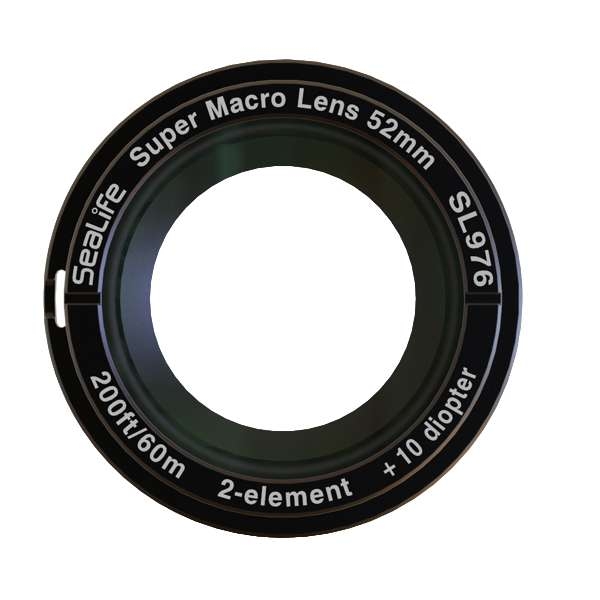 Sealife DC-Series Super Macro Lens
Sealife DC-Series Super Macro Lens
- Price A$ 229.00
-
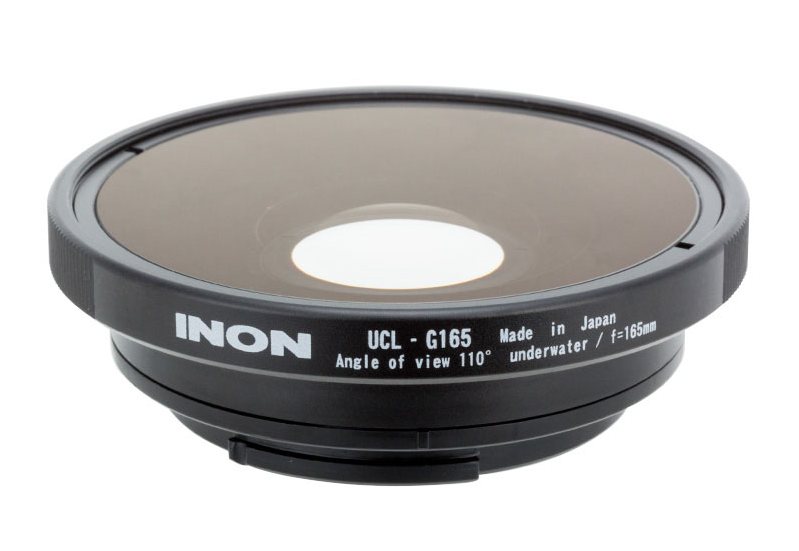 Inon UCL-G165 II SD Underwater Wide Close-up Lens
Inon UCL-G165 II SD Underwater Wide Close-up Lens
- Price A$ 329.00
-
 Nokta PulseDive SCUBA Underwater Metal Detector
Nokta PulseDive SCUBA Underwater Metal Detector
- Price A$ 349.00
-
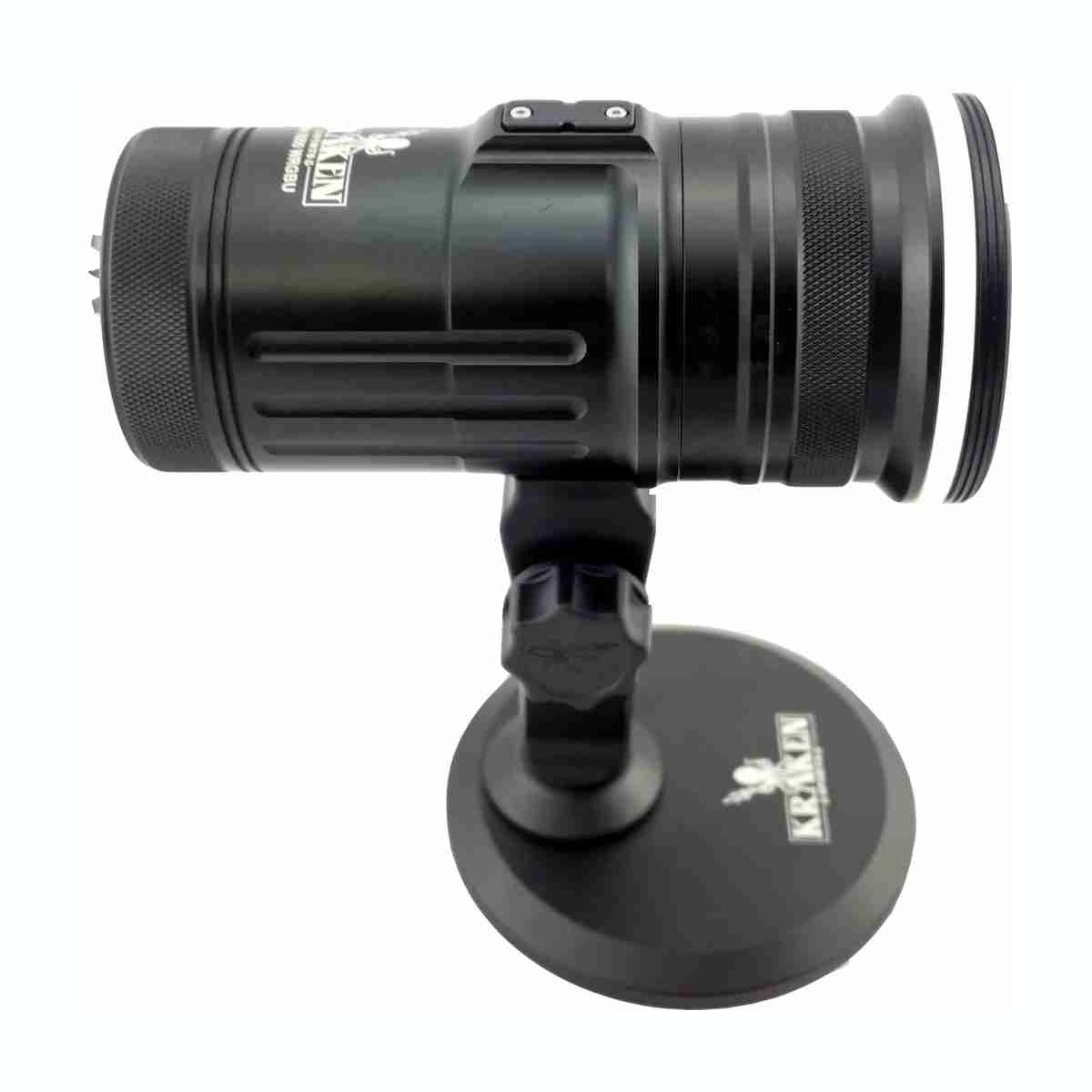 Kraken Hydra 8000 WRGBU
Kraken Hydra 8000 WRGBU
- Price A$ 1,129.00
-
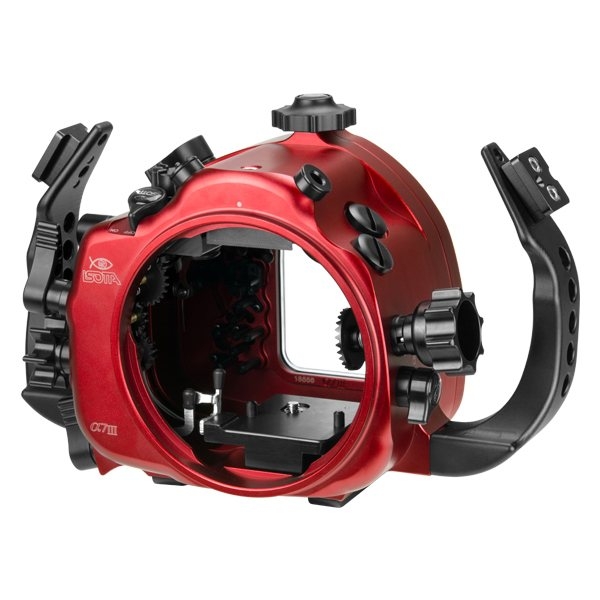 Isotta Underwater Mirrorless Camera Housings
Isotta Underwater Mirrorless Camera Housings
- Price A$ 3,499.00
-
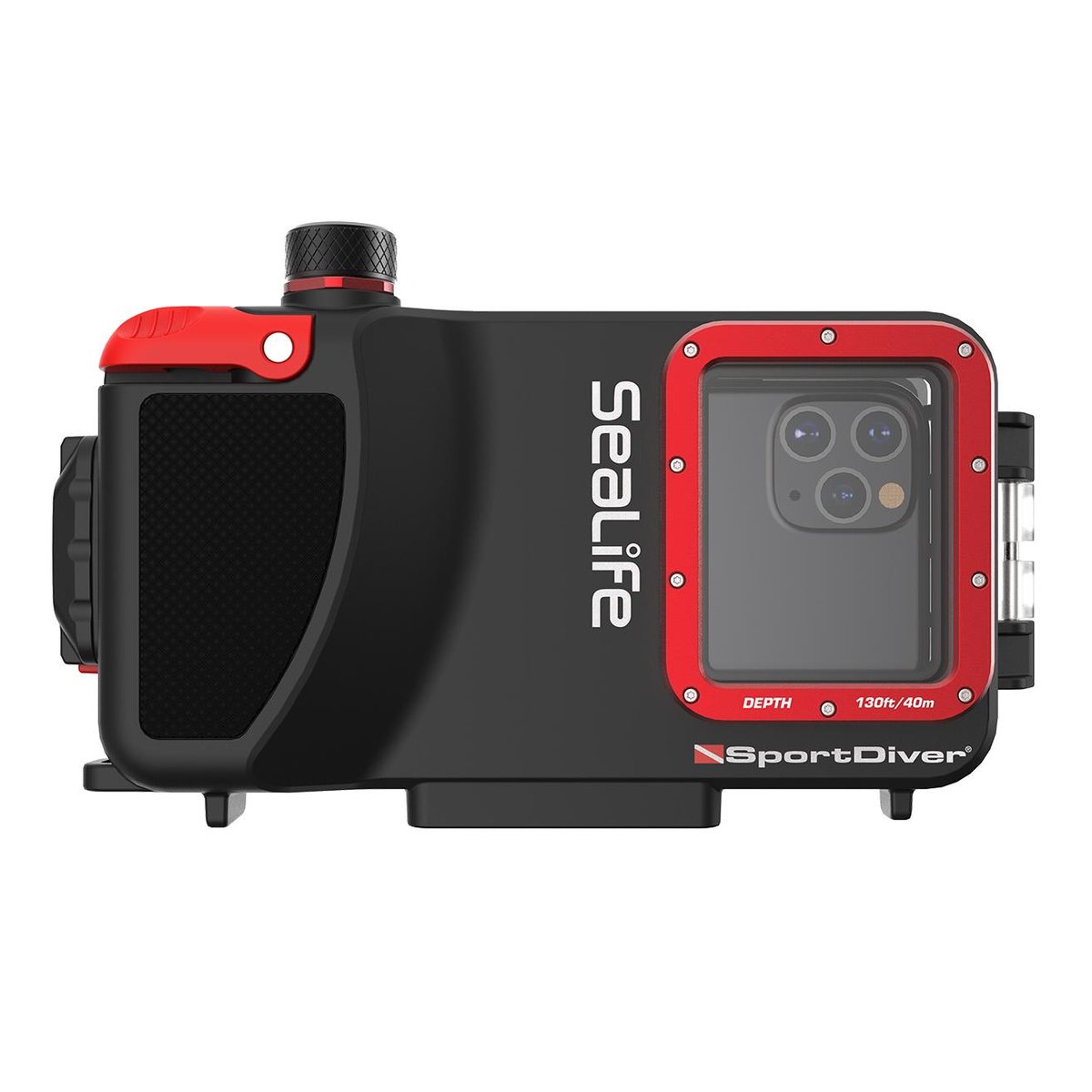 SeaLife - SportDiver Underwater Smartphone Housing
SeaLife - SportDiver Underwater Smartphone Housing
- Price A$ 599.00
-
 Fotocore M15 PRO Photo/Video Light - 15,000 lumens
Fotocore M15 PRO Photo/Video Light - 15,000 lumens
- Price A$ 1,999.00
In the Directory

 Local Dive Thailand
Local Dive Thailand
Phuket's local scuba diving experts. A great blend of Thai local knowledge and European professionalism that equals a superb dive experience with the most knowledgeable guides and instructors
 Fantasea Australia
Fantasea Australia
Fantasea Line is an international company that has been involved in diving, water sports and photographic industries for nearly 40 years.


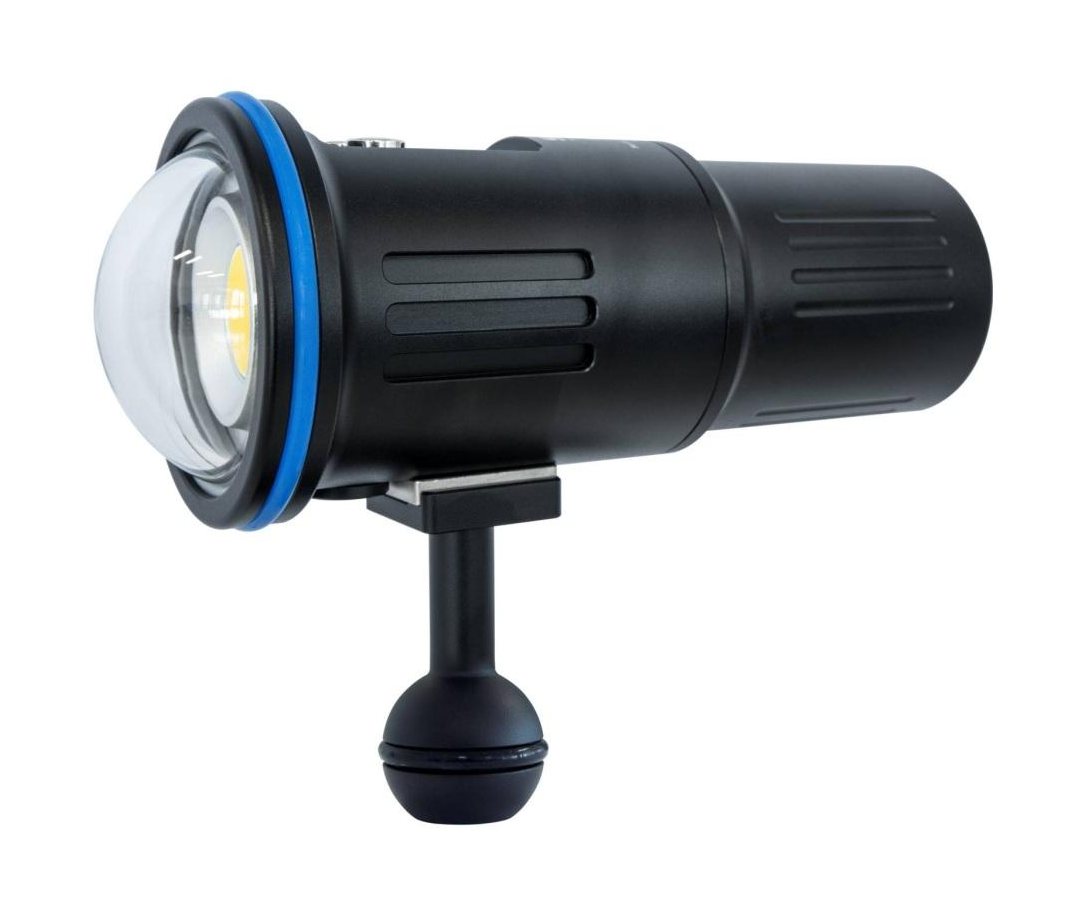
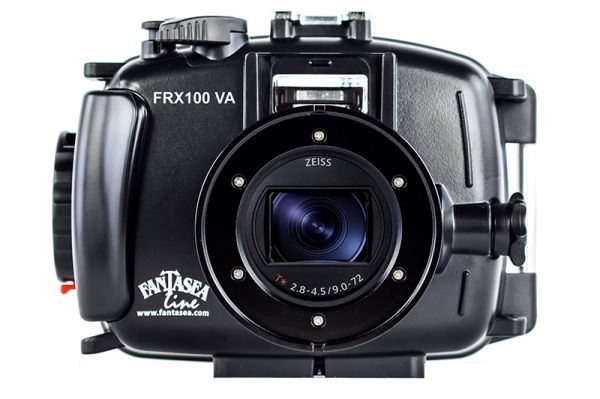


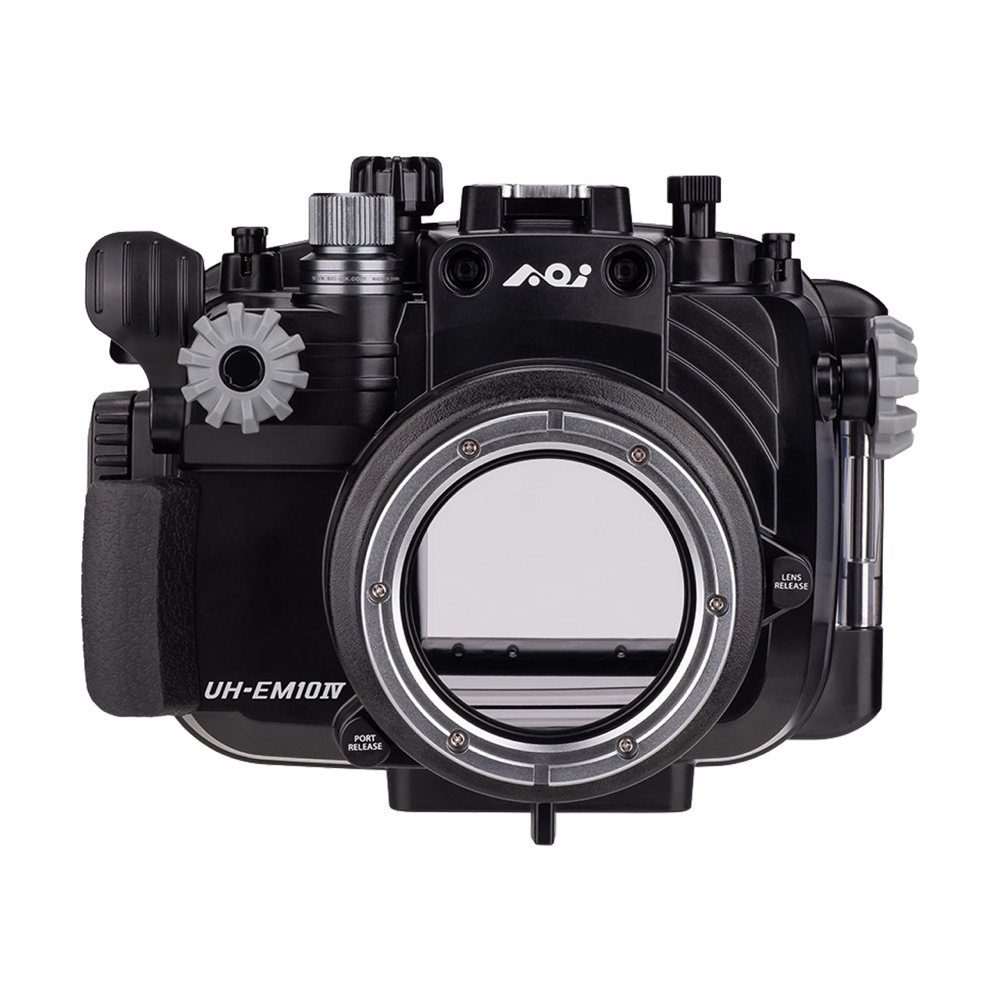
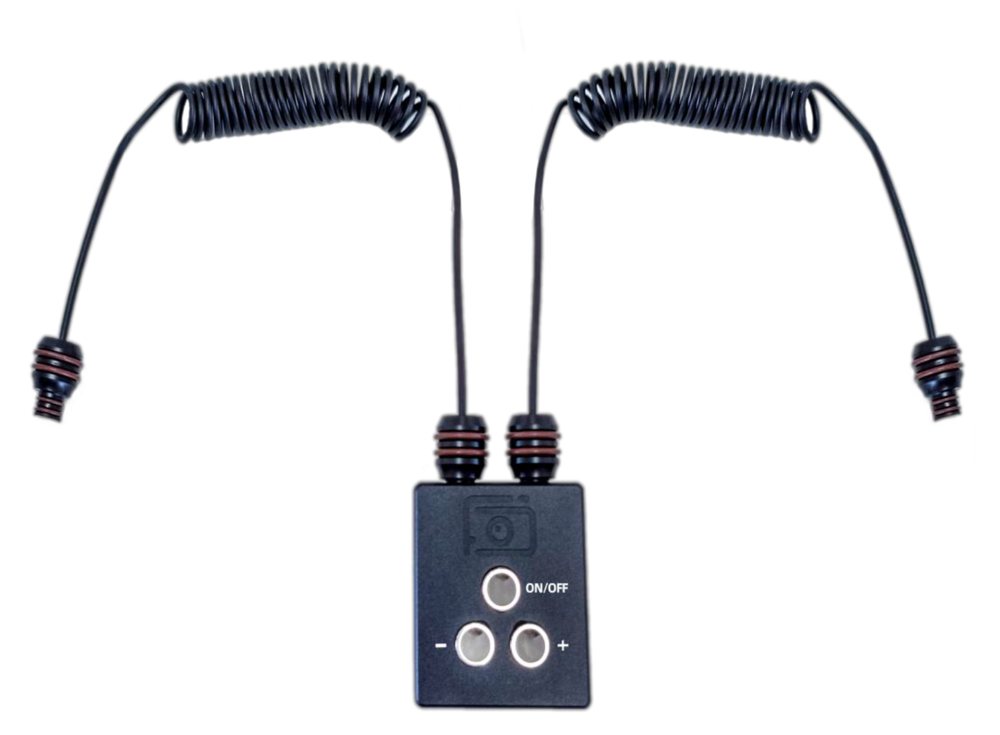
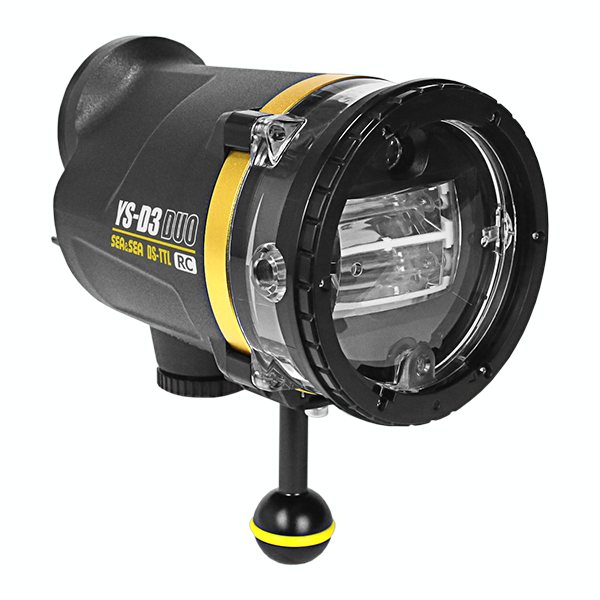
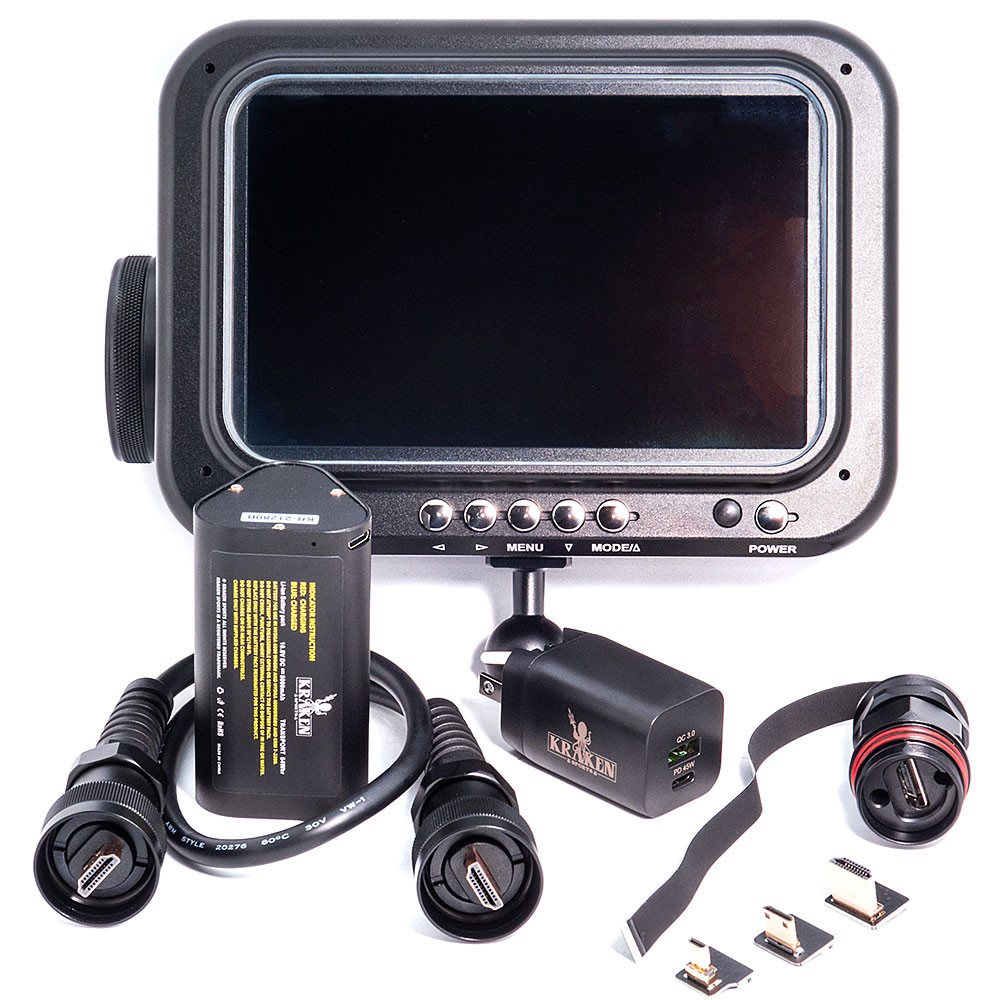



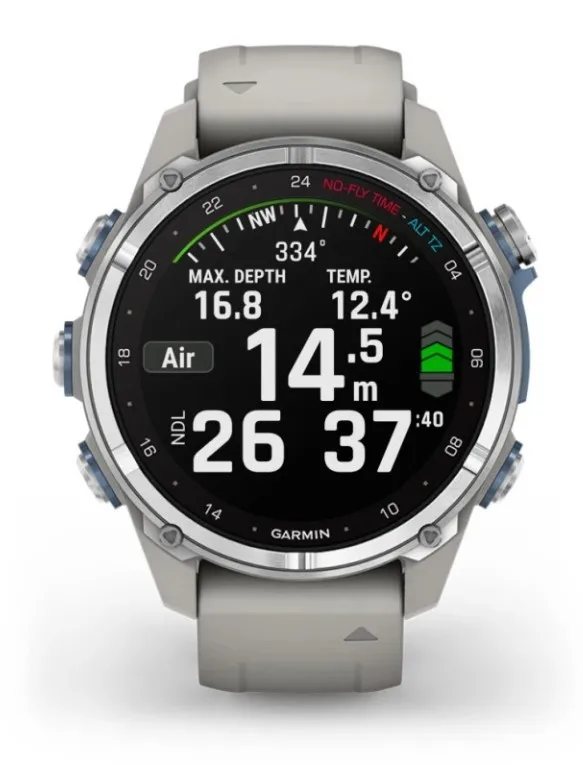 Garmin Descent Mk3 Watch Dive Computer - 43 mm, Stainless steel with silicone band
Garmin Descent Mk3 Watch Dive Computer - 43 mm, Stainless steel with silicone band 


